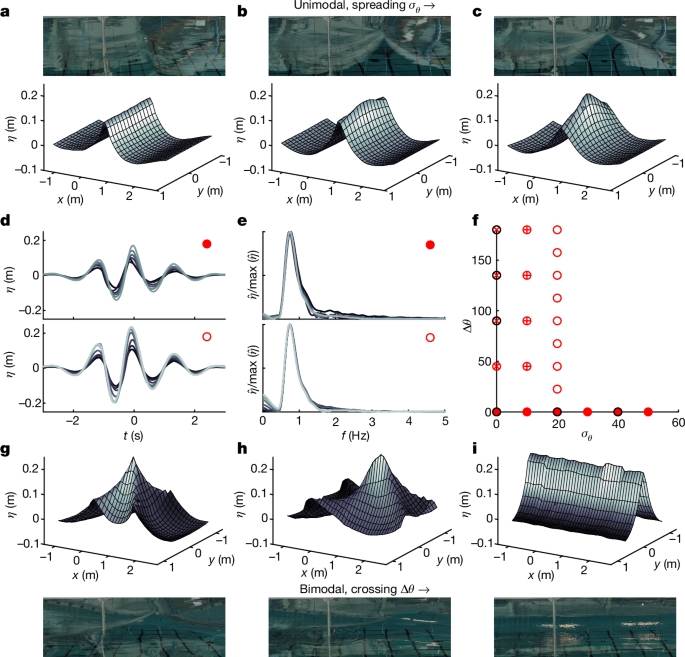2024-09-23 カリフォルニア工科大学(Caltech)
<関連情報>
- https://www.caltech.edu/about/news/new-ultrafast-imaging-technique-provides-insight-into-combustion-processes
- https://www.nature.com/articles/s41377-024-01588-x
火炎中のフェムト秒レーザー-ナノ粒子ダイナミクスのシングルパルス超高速リアルタイム同時平面イメージング Single-pulse ultrafast real-time simultaneous planar imaging of femtosecond laser-nanoparticle dynamics in flames
Yogeshwar Nath Mishra,Peng Wang,Florian J. Bauer,Murthy S. Gudipati & Lihong V. Wang
Light: Science & Applications Published:29 August 2024
DOI:https://doi.org/10.1038/s41377-024-01588-x

Abstract
The creation of carbonaceous nanoparticles and their dynamics in hydrocarbon flames are still debated in environmental, combustion, and material sciences. In this study, we introduce single-pulse femtosecond laser sheet-compressed ultrafast photography (fsLS-CUP), an ultrafast imaging technique specifically designed to shed light on and capture ultrafast dynamics stemming from interactions between femtosecond lasers and nanoparticles in flames in a single-shot. fsLS-CUP enables the first-time real-time billion frames-per-second (Gfps) simultaneous two-dimensional (2D) imaging of laser-induced fluorescence (LIF) and laser-induced heating (LIH) that are originated from polycyclic aromatic hydrocarbons (PAHs) and soot particles, respectively. Furthermore, fsLS-CUP provides the real-time spatiotemporal map of femtosecond laser-soot interaction as elastic light scattering (ELS) at an astonishing 250 Gfps. In contrast to existing single-shot ultrafast imaging approaches, which are limited to millions of frames per second only and require multiple laser pulses, our method employs only a single pulse and captures the entire dynamics of laser-induced signals at hundreds of Gfps. Using a single pulse does not change the optical properties of nanoparticles for a following pulse, thus allowing reliable spatiotemporal mapping. Moreover, we found that particle inception and growth are derived from precursors. In essence, as an imaging modality, fsLS-CUP offers ultrafast 2D diagnostics, contributing to the fundamental understanding of nanoparticle’s inception and broader applications across different fields, such as material science and biomedical engineering.



